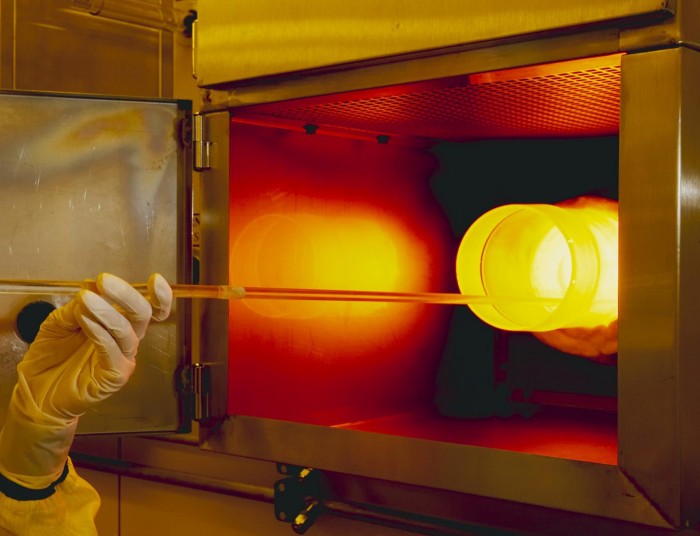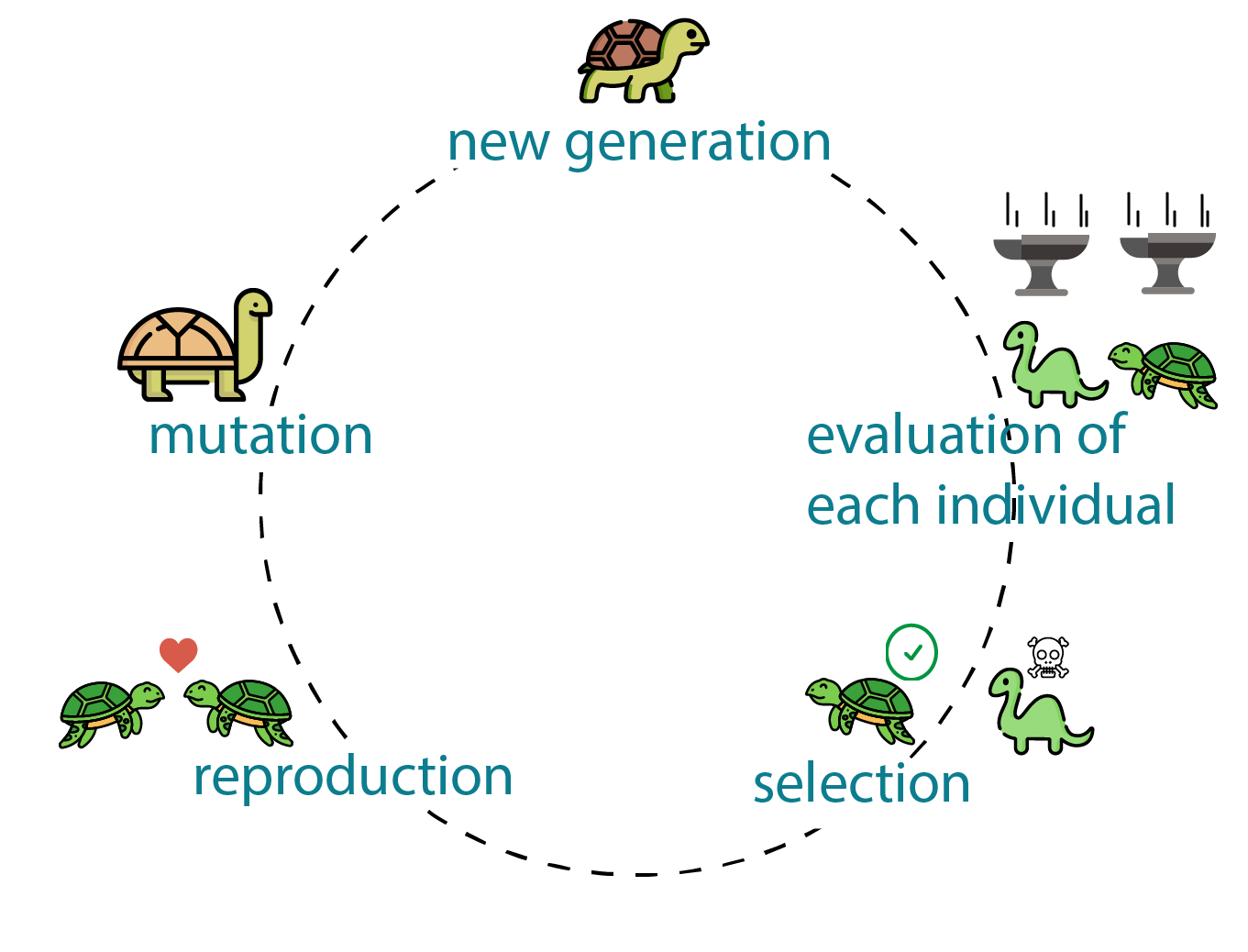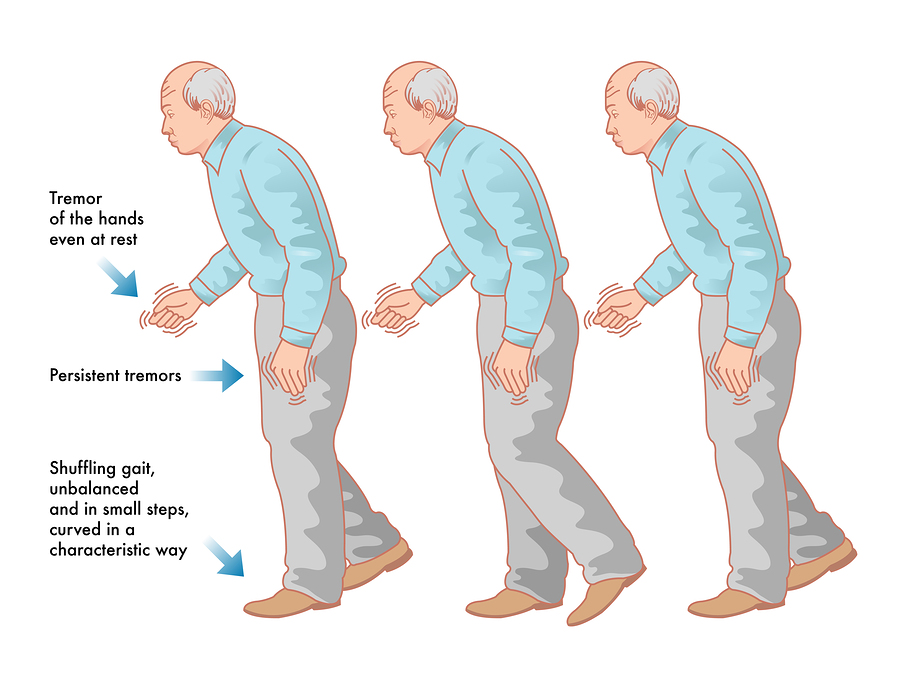Ensemble system to determine which forests sites require human intervention to recover
Used changepoint detection algorithms to estimate interventions of forest stress. Periodic Signal modelling was done to create synthetic signals with deliberate interventions. BSTS were used as an a/b test to determine severity of the forest stress. Multi-step Bi-LSTMs were used to allow forecasting of predicted forest stress.
- Tools used: Python, GEE, Google Colab, Tensorflow
- Category: Changepoint Detection, Casual Inference, Deep learning, Forecasting
- Year: Sept 2020

Simulated Annealing Optimization to Solve NP-Complete problem
Using Isling cost as a way to measure and comparet the different solutions. Implemented several cooling schedules from published literature.
- Tools used: Python, Google Colab
- Category: Optimization, Global minima, Simulated Annealing
- Year: Mar 2021

Genetic Algorithm Optimization to Solve NP-Complete problem
Using Isling cost as a way to measure and comparet the different solutions. Genetic Algorithm(GA) to optimize mimization problem of number partitioning. Implemented roulette wheel selection for the selection method. Implemented k-point crossover for N amount of parents. Implemented flip bit for mutation of randomly chosen genome.
- Tools used: Python, Google Colab
- Category: Optimization, Global minima, Genetic Algorithm
- Year: Mar 2021

High Energy particle Classification
Used transfer learning to identify collision events that occur at the Large Hadron Collider(LHC). Extracted data via virtual machine to connect to LHC database. Converted collision data to images based on published research. Using Weights trained from 'imagenet' as a starting point for weights.
- Tools used: Python, tensorflow, Google Colab, Pillow, numpy, future, futures, tqdm, JSON
- Category: Clasification, Deep learning, Physics, Teamwork, Leadership
- Year: Jan 2020

Parkinson's Tremor Severity Classification
Videos have been taken of patients with Parkinson's. Pose estimation has been used to get the coordinates of the joints. To facilitate the classification from a computer vision transfer learned model, the dataset would have to be of an image type. In order to do so, I converted the movement signals of the joints to images using Fourier transform. Using the weights from 'imagenet' as a starting point, several computer vision models were applied and tuned. The models were then benchmarked to see which model was the best.
- Tools used: Python, Google Colab, SciPy, PIL
- Category: Transfer Learning, MedTech, Classification, Deep Learning
- Year: Apr 2019

Tumor Segmentation
Attended Medtech Hackathon at UCL, the hackathon was hosted by Babylon Health UK. Was the sole programmer in my group for the hackathon, joined by other medical professionals and students. The team highlighted how Doctors spend alot of time meticulously looking through MRIs to identify tumors. I proposed using the image segmentation model, mask-RCNN. Rather that starting off retraining the model from scratch, I downloaded the weights that were trained on the Coco dataset. The typical steps required for segmenting new classes was done, created a new configuration Class for the tumors and went through with a medical Doctor to annotate the datset, thereby attaining the json files required to identify the location of the tumours within the images.
- Tools used: Python, Google Colab, SciPy, PIL
- Category: Transfer Learning, MedTech, Image Segmentation, Deep Learning
- Year: Jan 2020
ECG classification
Binary classification to identify premature ventricular contractions. Used window parameters attained from literature survey to identify segment length. Settled on stacked BiLSTM to learn the different signal classes and carry out the classification.
- Tools used: Python, Google Colab, SciPy
- Category: MedTech, Classification, Deep Learning
- Year: Jan 2020